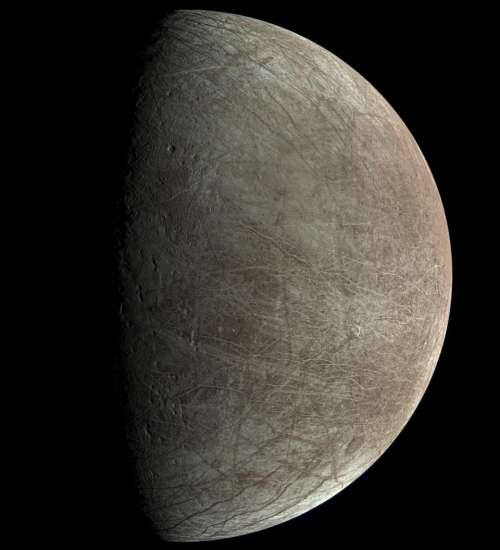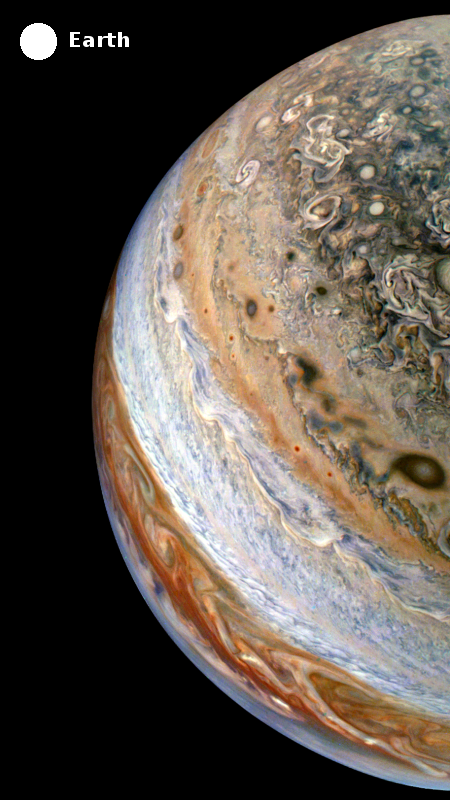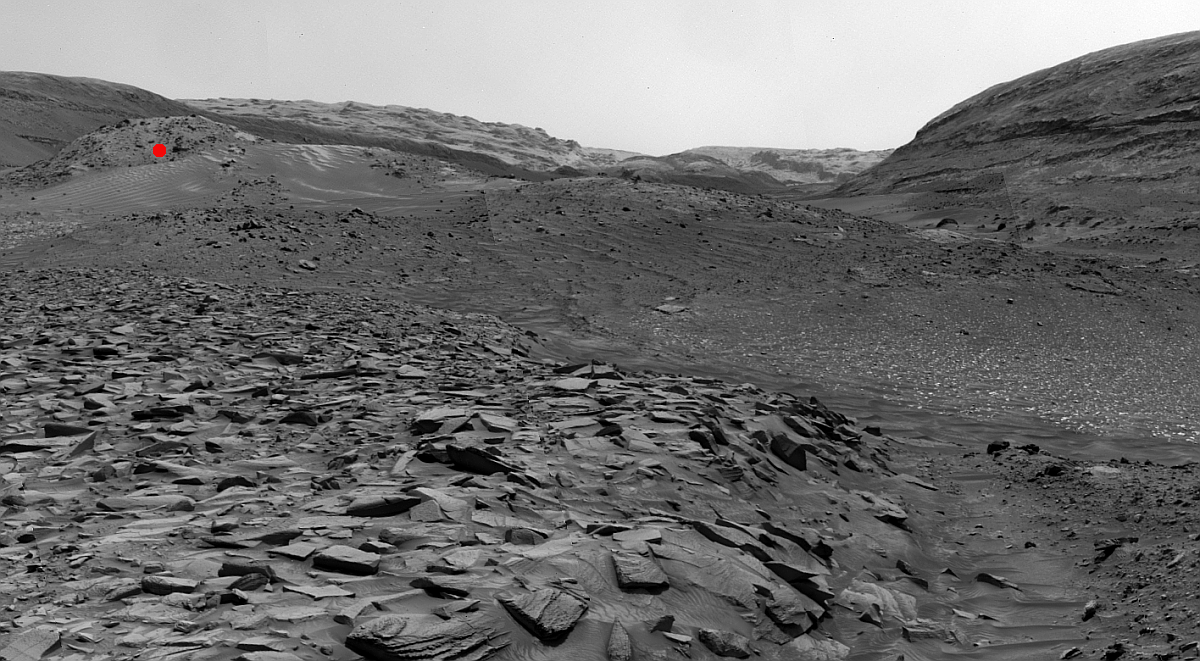Russia’s Soyuz-2 rocket launches classified payloads
Russia yesterday placed an unnamed number of classified satellites into orbit, its Soyuz-2 rocket lifting off from its Plesetsk spaceport in the northern part of Russia.
The flight path went north, so the rocket’s four strap-on boosters and lower stages all fell in remote regions or in the Arctic Ocean.
The leaders in the 2024 launch race:
51 SpaceX
21 China
7 Russia
5 Rocket Lab
American private enterprise still leads the world combined in successful launches, 58 to 34. SpaceX by itself still leads the rest of the world, including other American companies, 51 to 41.
Russia yesterday placed an unnamed number of classified satellites into orbit, its Soyuz-2 rocket lifting off from its Plesetsk spaceport in the northern part of Russia.
The flight path went north, so the rocket’s four strap-on boosters and lower stages all fell in remote regions or in the Arctic Ocean.
The leaders in the 2024 launch race:
51 SpaceX
21 China
7 Russia
5 Rocket Lab
American private enterprise still leads the world combined in successful launches, 58 to 34. SpaceX by itself still leads the rest of the world, including other American companies, 51 to 41.














